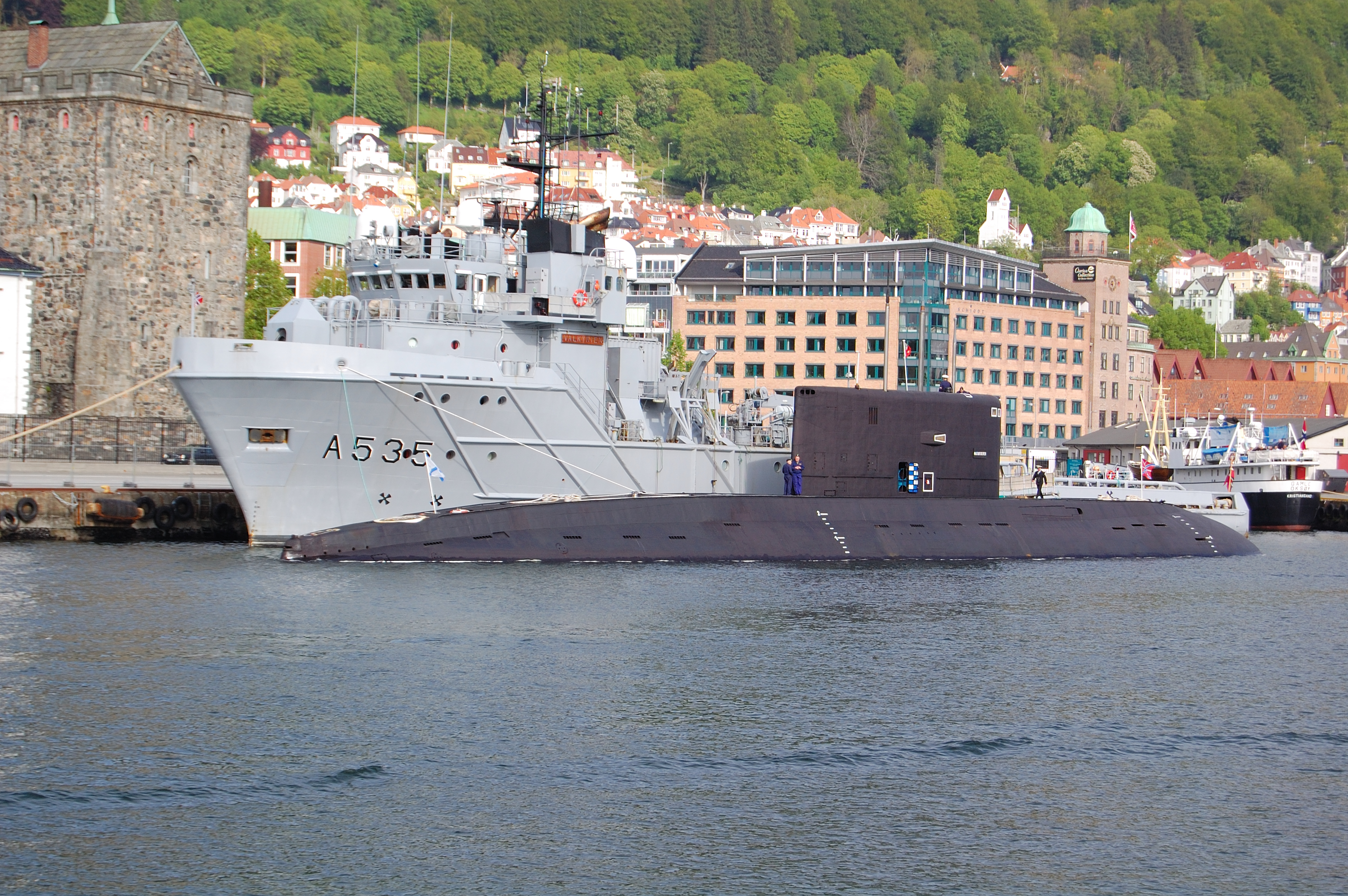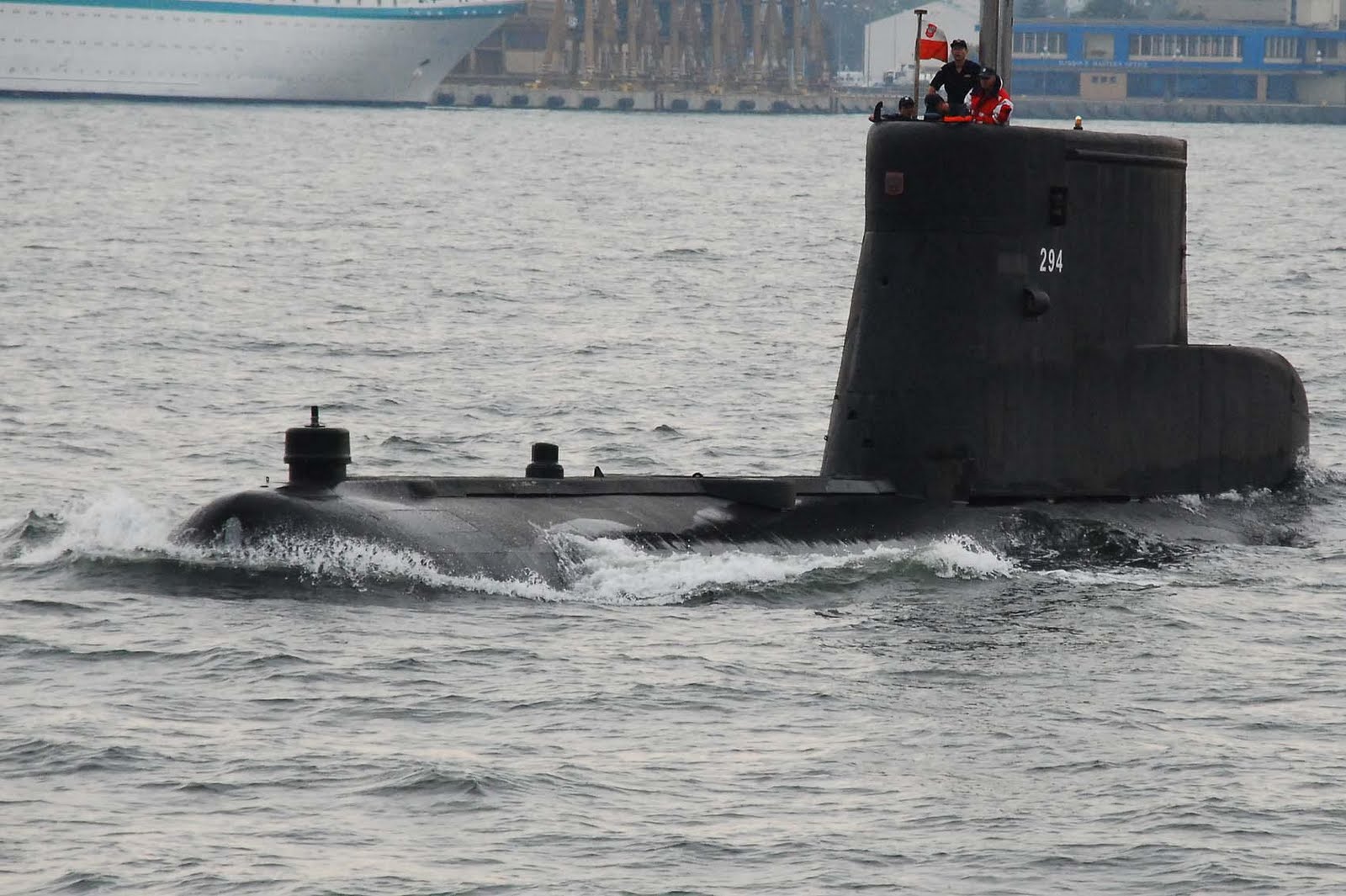How to install the app on iOS
Follow along with the video below to see how to install our site as a web app on your home screen.
Note: This feature may not be available in some browsers.
You are using an out of date browser. It may not display this or other websites correctly.
You should upgrade or use an alternative browser.
You should upgrade or use an alternative browser.
Nordic Defense News, pictures, videos and history
- Thread starter SvenSvensonov
- Start date
Fenrir
FULL MEMBER

- Joined
- Jul 14, 2015
- Messages
- 1,291
- Reaction score
- 0
- Country
- Location
The Norwegian Home Guard does what its name suggests. It's not always glamorous, or even fun, but they've still an important role to play.








The HV is being modernized, but not all units have yet received updated arms and equipment.








The HV is being modernized, but not all units have yet received updated arms and equipment.
Fenrir
FULL MEMBER

- Joined
- Jul 14, 2015
- Messages
- 1,291
- Reaction score
- 0
- Country
- Location
Oh don't mind us. We're just gearing up for an invasion of some islands to the West . Once we sailed ships to plunder loot and booty (mostly just the booty), now we set sail with tanks. Avast!! We come not in peace!!
. Once we sailed ships to plunder loot and booty (mostly just the booty), now we set sail with tanks. Avast!! We come not in peace!!





On a more serious note, Norway has its fair share of water ways, so being able to rapidly move armor across rivers or from island to island is a necessity, especially if roads are inaccessible.
 . Once we sailed ships to plunder loot and booty (mostly just the booty), now we set sail with tanks. Avast!! We come not in peace!!
. Once we sailed ships to plunder loot and booty (mostly just the booty), now we set sail with tanks. Avast!! We come not in peace!!




On a more serious note, Norway has its fair share of water ways, so being able to rapidly move armor across rivers or from island to island is a necessity, especially if roads are inaccessible.
Hindustani78
BANNED

- Joined
- Apr 8, 2014
- Messages
- 40,471
- Reaction score
- -47
- Country
- Location
https://sputniknews.com/military/201611161047496310-norway-defense-armed-forces/

With the discussion about upcoming defense measures not yet formally over, an agreement has been reached by the Foreign Policy and Defense Committees in parliament, thus enabling an overview of the impending changes, Norwegian newspaper Aftenposten reported.
Perhaps the most drastic changes are in store for the Norwegian Navy, which traditionally has been a pillar of defense in the oblong Nordic country, which enjoys some of the world's longest coastlines riddled with trademark fjords. Today's five frigates will get larger crews, which enhances operational possibilities. On the other hands, six torpedo boats will be gradually phased out as the controversial F-35 fighter jets, projected to become the cornerstone of the Norwegian defense, become fully operational.
In terms of pure battleships, Norway's future Navy will consist of five surface vessels and four submarines. Although the number of subs will be reduced as well (from six to four), they will get larger crews to enable almost continuous use. Additionally, the Coastal Ranger Command will not only be retained, but its base in Harstad will be reinforced.
As for the Air Force, Norway's ambition to procure 52 F-35 fighters as the main weapon seems to persist, despite protests by opposition parties. The majority of the controversial fighter jets are expected to be stationed at Ørland base near Trondheim. Additionally, Norway is poised to buy maritime patrol aircraft of Poseidon-class from the US as a replacement for the Orion aircraft, which have gradually become outdated.
The exact number has nevertheless not yet been determined. The Poseidon aircraft will be based at Evenes, where a supplementary QRA force consisting of a few F-35s will be stationed. Furthermore, the Air Force is to be enhanced by 14 NH90 naval helicopters, whereas three Jet Falcon aircraft for electronic warfare will be phased out by 2024.

Finally, an Air Force training center will be attached to Værnes base, where 330 US Marines have agreed to be stationed in an attempt to "deter" a highly unlikely Russian aggression.
As regards the Norwegian Home Guard, the number of troops will be reduced from 45,000 to 38,000, while 3,000 of these will continue as a "task force," which undergoes a more thorough training compared to regular soldiers.
Remarkably, the measures which are being hyped as a significant bolstering of the defense, are expected to save Norway's state coffers 40 billion NOK (roughly $5bln). The Norwegian way of operating its armed forces has been criticized for extravagance and inefficiency. Norway's non-aligned neighbor country Finland, which does not rely on Washington to the same extent as Oslo, maintains a mobilization force of 160,000 and manages to annually educate 25,000 conscripts compared to 7,000 in Norway at half of Norway's military budget, Aftenposten reported earlier this year.
At present, the Norwegian Armed Forces number 23,000 personnel, including civilian employees, and have a full-mobilization combat strength of 83,000. The Cold War led to a marked military build-up, especially in Northern Norway. Since the 2000s, however, the military's focus has shifted from defense from an invasion to a mobile force for international missions. Among NATO's European members, Norway maintains the highest military expenditure per capita.

With the discussion about upcoming defense measures not yet formally over, an agreement has been reached by the Foreign Policy and Defense Committees in parliament, thus enabling an overview of the impending changes, Norwegian newspaper Aftenposten reported.
Perhaps the most drastic changes are in store for the Norwegian Navy, which traditionally has been a pillar of defense in the oblong Nordic country, which enjoys some of the world's longest coastlines riddled with trademark fjords. Today's five frigates will get larger crews, which enhances operational possibilities. On the other hands, six torpedo boats will be gradually phased out as the controversial F-35 fighter jets, projected to become the cornerstone of the Norwegian defense, become fully operational.
In terms of pure battleships, Norway's future Navy will consist of five surface vessels and four submarines. Although the number of subs will be reduced as well (from six to four), they will get larger crews to enable almost continuous use. Additionally, the Coastal Ranger Command will not only be retained, but its base in Harstad will be reinforced.
As for the Air Force, Norway's ambition to procure 52 F-35 fighters as the main weapon seems to persist, despite protests by opposition parties. The majority of the controversial fighter jets are expected to be stationed at Ørland base near Trondheim. Additionally, Norway is poised to buy maritime patrol aircraft of Poseidon-class from the US as a replacement for the Orion aircraft, which have gradually become outdated.
The exact number has nevertheless not yet been determined. The Poseidon aircraft will be based at Evenes, where a supplementary QRA force consisting of a few F-35s will be stationed. Furthermore, the Air Force is to be enhanced by 14 NH90 naval helicopters, whereas three Jet Falcon aircraft for electronic warfare will be phased out by 2024.

Finally, an Air Force training center will be attached to Værnes base, where 330 US Marines have agreed to be stationed in an attempt to "deter" a highly unlikely Russian aggression.
As regards the Norwegian Home Guard, the number of troops will be reduced from 45,000 to 38,000, while 3,000 of these will continue as a "task force," which undergoes a more thorough training compared to regular soldiers.
Remarkably, the measures which are being hyped as a significant bolstering of the defense, are expected to save Norway's state coffers 40 billion NOK (roughly $5bln). The Norwegian way of operating its armed forces has been criticized for extravagance and inefficiency. Norway's non-aligned neighbor country Finland, which does not rely on Washington to the same extent as Oslo, maintains a mobilization force of 160,000 and manages to annually educate 25,000 conscripts compared to 7,000 in Norway at half of Norway's military budget, Aftenposten reported earlier this year.
At present, the Norwegian Armed Forces number 23,000 personnel, including civilian employees, and have a full-mobilization combat strength of 83,000. The Cold War led to a marked military build-up, especially in Northern Norway. Since the 2000s, however, the military's focus has shifted from defense from an invasion to a mobile force for international missions. Among NATO's European members, Norway maintains the highest military expenditure per capita.
Fenrir
FULL MEMBER

- Joined
- Jul 14, 2015
- Messages
- 1,291
- Reaction score
- 0
- Country
- Location
Medical professionals posing for pics with Defense Minister Søreide and Foreign Minister Brende during the certification of a Norwegian C-130J to be able to safely and securely transit Ebola infected persons.














Last edited by a moderator:
Fenrir
FULL MEMBER

- Joined
- Jul 14, 2015
- Messages
- 1,291
- Reaction score
- 0
- Country
- Location
3 Nansen Class Frigates, 4 Skjold Class Corvettes, 2 Alta Class Minehunters and 1 ship I can't make out because Norway has too many that look the same . It's probably either A50 Tyr, a minelayer, or A535 Valkyrien, a fleet support ship.
. It's probably either A50 Tyr, a minelayer, or A535 Valkyrien, a fleet support ship.








 . It's probably either A50 Tyr, a minelayer, or A535 Valkyrien, a fleet support ship.
. It's probably either A50 Tyr, a minelayer, or A535 Valkyrien, a fleet support ship.







Last edited by a moderator:
Fenrir
FULL MEMBER

- Joined
- Jul 14, 2015
- Messages
- 1,291
- Reaction score
- 0
- Country
- Location
So I mentioned Norway (specifically the Norwegian Coast Guard) has a lot of ships that look similar two posts back... here's a few classes that emphasis this.
Outer Coast Guard vessels
KV Svalbard (stand alone) - heavy icebreaker

Nordkapp Class - OPV

Barentshav Class - OPV

NoCGV Harstad (stand alone) - OPV

NoCGV Ålesund (stand alone) - OPV

Inner Coast Guard Vessels (Sea Home Guard)
Nornen Class - Patrol Vessel

Reine Class - Patrol Vessel

Confusing right ?
?
Outer Coast Guard vessels
KV Svalbard (stand alone) - heavy icebreaker

Nordkapp Class - OPV

Barentshav Class - OPV

NoCGV Harstad (stand alone) - OPV

NoCGV Ålesund (stand alone) - OPV

Inner Coast Guard Vessels (Sea Home Guard)
Nornen Class - Patrol Vessel

Reine Class - Patrol Vessel

Confusing right
 ?
?Fenrir
FULL MEMBER

- Joined
- Jul 14, 2015
- Messages
- 1,291
- Reaction score
- 0
- Country
- Location
I've mentioned it before, but will reiterate that will tensions are high between Europe and Russia, we've managed to maintain relatively good relations with out neighbor.







Out two navies occasionally hold joint exercises, which isn't something most European nations can claim.





Out two navies occasionally hold joint exercises, which isn't something most European nations can claim.
Similar threads
- Replies
- 5
- Views
- 1K
- Replies
- 14
- Views
- 697
- Replies
- 0
- Views
- 661
- Replies
- 1
- Views
- 658
- Replies
- 5
- Views
- 756




























































